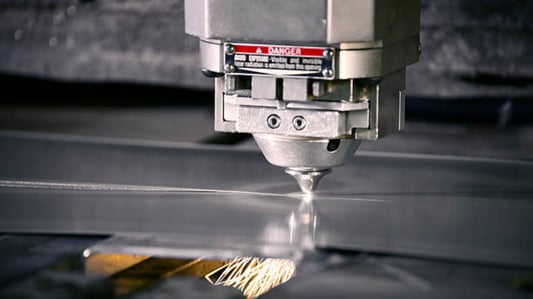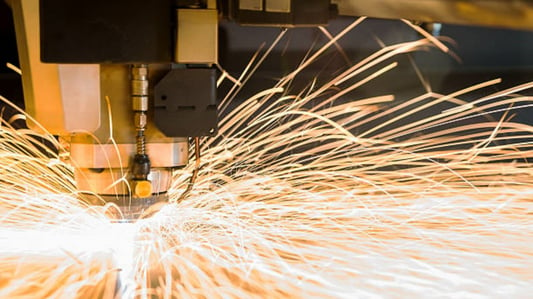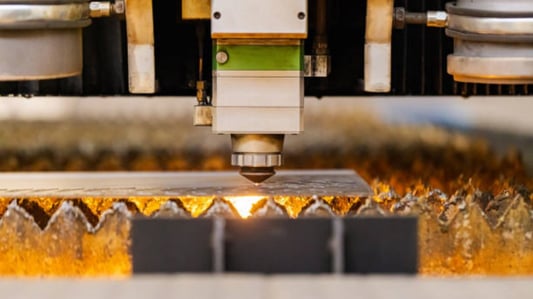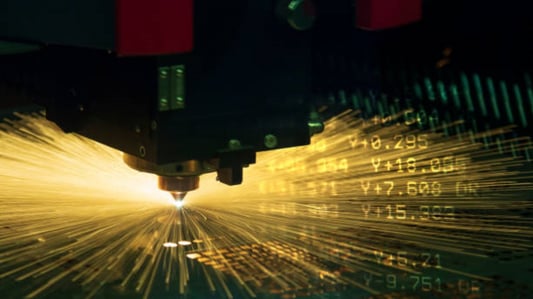IntroductionWhen investing in a laser cutting machine, it is essential to understand how long it will last before needing to be replaced. This article will explore different aspects of laser cutting machines and provide you with the information you need to make an informed decision.Factors That Affect Laser Cutting Machine LifespanThere are several factors that can affect the lifespan of a laser cutting machine. The first is the quality of the machine. Higher quality machines generally last longer as they are built with better materials and undergo more rigorous testing.The second factor is the frequency of use. Machines that are used more often have a shorter lifespan than those that are used less frequently. This is because the components of the machine are subject to wear and tear and will eventually need to be replaced.The third factor is maintenance. Regular maintenance can help extend the lifespan of a laser cutting machine. Proper maintenance ensures that the machine is operating at its optimal level, which reduces the risk of breakdowns and prolongs the life of the machine.Typical Lifespan of a Laser Cutting MachineThe typical lifespan of a laser cutting machine is between 8-10 years. However, this can vary depending on the factors listed above. Machines that are well-maintained and used less frequently can last longer, while machines that are poorly maintained and used often may have a shorter lifespan.Signs that Your Laser Cutting Machine Needs to be ReplacedThere are several signs that indicate that your laser cutting machine may need to be replaced. The first is a decrease in cutting quality. If the machine is no longer producing clean, precise cuts, it may be time to replace it.The second sign is frequent breakdowns. If your machine is constantly breaking down and requiring repairs, it may be more cost-effective to replace it rather than continuing to invest in repairs.The third sign is outdated technology. As technology continues to evolve, older machines may become outdated and unable to keep up with the demands of modern manufacturing. In this case, it may be time to upgrade to a newer model.Ways to Extend the Lifespan of Your Laser Cutting MachineThere are several ways to extend the lifespan of your laser cutting machine. The first is to invest in a high-quality machine. Higher quality machines generally last longer and require less maintenance.The second way is to use the machine less frequently. If possible, spread out your cutting jobs over a longer period to reduce the wear and tear on the machine.The third way is to perform regular maintenance on the machine. This includes cleaning, lubricating, and replacing parts as needed. Following the manufacturer's recommended maintenance schedule can help ensure that your machine is operating at its optimal level and extend its lifespan.The Cost of Replacing a Laser Cutting MachineThe cost of replacing a laser cutting machine can vary depending on the quality of the machine and the features it offers. Entry-level machines start at around $10,000, while high-end machines can cost upwards of $100,000.In addition to the cost of the machine itself, there may be additional costs such as installation, shipping, and training on how to use the new machine.ConclusionA laser cutting machine is a significant investment, and it is important to understand how long it will last before needing to be replaced. By considering factors such as machine quality, frequency of use, and maintenance, you can get a better idea of the lifespan of your machine. If you notice signs that your machine needs to be replaced, consider investing in a higher quality machine that will last longer and require less maintenance.










